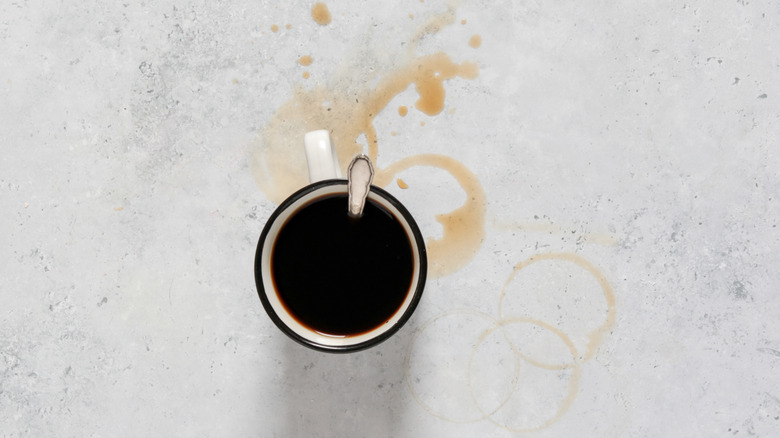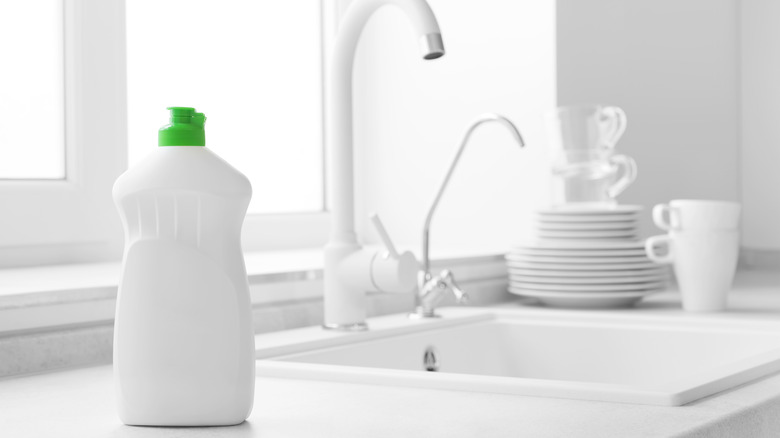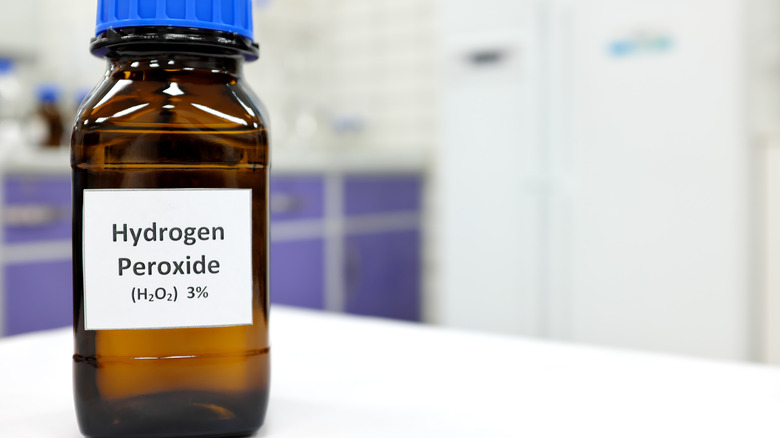Using Hydrogen Peroxide On Laminate Countertop Stains: Good Idea Or Big Mistake?
You probably already know that there are many ways to make use of hydrogen peroxide in your home, including for cleaning. However, because this substance is considered a weak acid, it may not be the best choice for every cleaning situation. For example, laminate countertops in your kitchen, laundry room, or bathroom are areas where you may want to think twice about using hydrogen peroxide. This cleanser is simply too harsh. Even though laminate countertops are a popular choice to install for many homeowners — often because they are inexpensive compared to other materials like granite — they are subject to damage. The material consists of plastic and particleboard or kraft paper, which could suffer damage from harsh cleansers like hydrogen peroxide.
Laminate countertops can also suffer damage from abrasive materials, like scouring pads or steel wool. If someone cuts into them with a knife, such as while chopping vegetables, they can suffer scratches that may lead to damage from moisture. Excessive heat can damage them, too. Although laminate countertops have a protective transparent layer, they may not be able to stand up to harsh cleansers or rough treatment, such as can occur with hydrogen peroxide. You should try other products for removing stains first.
What kinds of cleansers can you use safely on laminate countertop stains?
Laminate countertops are not as durable as other types of materials. You can expect to receive 20 to 30 years of performance from the laminate, whereas granite could last up to 100 years. However, one way you can extend the life of your laminate countertops is by doing things like regular, gentle cleaning, which may help you avoid having stains form at all. However, if you are noticing stains on your laminate countertop, one of the best ways to clean this material safely is by simply using liquid dish soap, warm water, and a microfiber cloth. You can allow the countertop to air dry afterward.
If the stains persist, you can mix baking soda with water to create a thick paste. Leave the paste over the top of the stain for 24 hours and cover it with plastic wrap. Then wipe it away with your microfiber cloth. Because of the possibility of discoloration from this process, you may want to test the baking soda paste on an out-of-the-way section of the laminate countertop. Another option is to mix a tablespoon of vinegar with 2 cups of warm water. Apply this mixture to the stain and let it sit for two minutes before wiping it away.
Is it ever safe to use hydrogen peroxide on laminate countertops?
If at all possible, you should avoid using hydrogen peroxide on your laminate countertop. Even the typical 3% concentration that's available to most people in the store is probably stronger than you'll want to use on laminate. A stronger concentration, such as 35% that's usually used for food processing, definitely should not be part of a cleaning schedule for your countertop.
However, some cleaning professionals do believe you can use hydrogen peroxide with certain laminate countertops if other, safer means of cleaning the stain fail — in other words, it's probably best to use it as a last resort. Check with your laminate's manufacturer for specific instructions. For example, with FENIX laminate, you could use a 3% or lower concentration for stains, but you should always rinse it off completely.
Additionally, you may want to limit your use of hydrogen peroxide to light-colored laminate countertops because of the possibility of bleaching a darker-colored surface. Place a little bit of the hydrogen peroxide on a microfiber cloth and rub it over the stain. Then use a non-abrasive sponge with water to make sure you remove all of it. You also could dilute the hydrogen peroxide in equal parts with water and spray it over the stain on the countertop. After letting it sit for a few minutes, blot the area to try to remove the stain. Then rinse the area well with water and a sponge.


